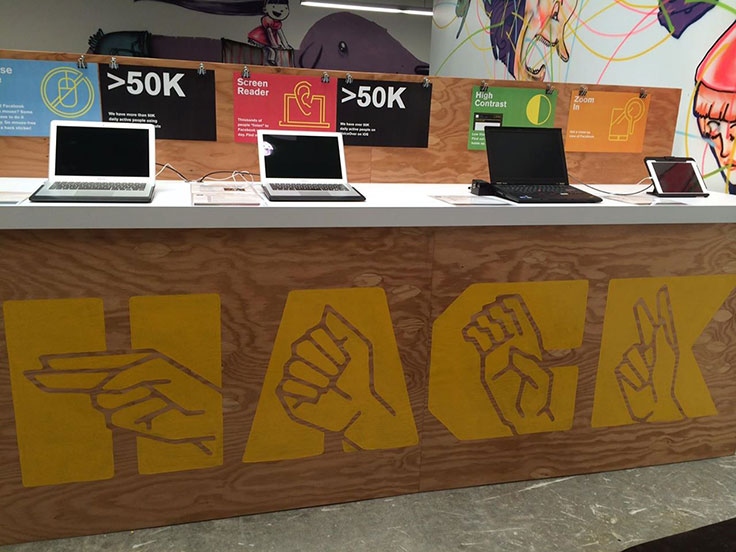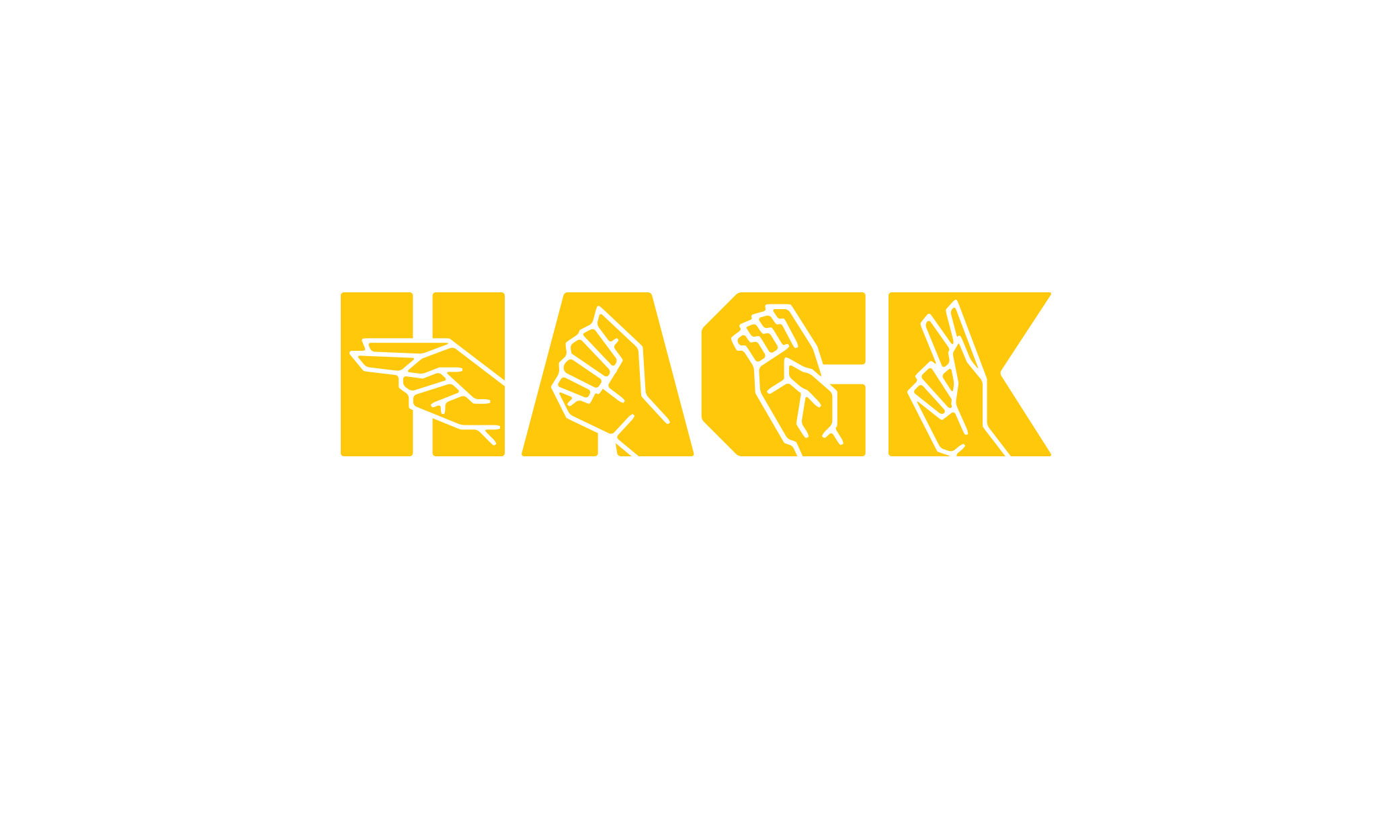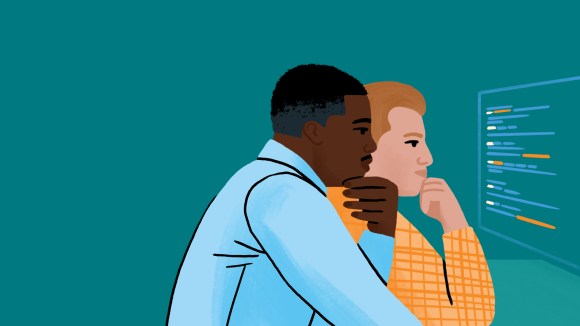When Facebook formed its Accessibility Engineering team in 2011, we experienced the same daunting challenge that many companies face: How do you incorporate accessibility within the company’s existing engineering environment? Having spent the past few years working toward this goal, we’ve learned a lot along the way, and continue to learn each day. To share these lessons, we’ve created the Accessibility Toolkit, a behind-the-scenes look at how Facebook thinks about product usability for people with vision loss and varied abilities. The toolkit is a single destination to learn about how Facebook handles accessibility when it comes to quality assurance, documentation, engineering training and more.
We hope that this transparent look will help inspire similar initiatives, and we invite others to share their own solutions to these challenges.

Here’s what you’ll find at code.facebook.com/accessibility:
Component library
One of our first steps toward increasing accessibility was to incorporate assistive technology compatibility into the components used across the web. We extended this approach to iOS and Android and continue to hold web and mobile components to a high standard.
Documentation
Helping engineers work efficiently and independently on accessibility is hard. That’s why documentation should be specific to your stack and communicate what the team members should own.
Quality assurance
To maintain improvements to accessibility, you need regularly scheduled regression testing. You also need to train the people who help ship your product end-to-end on what they need to do for accessibility.
Engineer training
One of the biggest challenges with accessibility today is that most people aren’t aware of the need for it. Accessibility is often not taught in computer science, which means many developers don’t understand how to design and build accessible experiences. To tackle this, we provide a number of training opportunities for engineers working across platforms.
Communication and feedback
Getting feedback from the people who use your products with assistive technology is important for uncovering ways to improve. We describe a few channels we use to get input on our products and announce improvements and enhancements to our products.
Culture
Making accessibility a part of the design and development process requires that more people around the company think about accessibility. In order to make that happen around the world, we must extend our work on culture and awareness within — and beyond — the walls of our company.
Building products that everyone can use is key to Facebook’s mission of helping the world share and connect. Accessibility is one dimension of this important goal. We hope our learnings will help others make their products more accessible, whether companies are just getting started on an accessibility program or refining an existing approach. We’d love to hear about ways we can improve, as well, so give us a shout. We look forward to a future in which the web is accessible to all.










